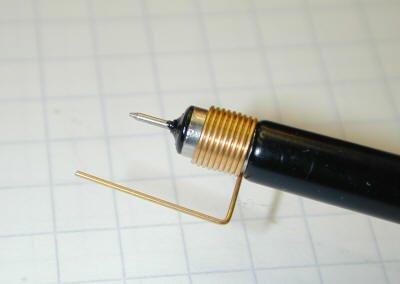Other Parts Discussed in Thread: UCC29910A, , LM2902
Hello,
we are currently designing an 1.7kW 48V-ACDC Converter.
The Input to the Converter is three-phase AC between 200V and 308Vrms on each of the phases.
For the PFC-Stage we are using UCC29910A, to step the Input Voltage down to 300VDC.
Measuring the Output Voltage of the PFC and Scaling for UCC29910A to work correctly is done with a difference Amplifier using OPA4348.
Two Amplifiers are used as buffers, as to not load the Voltage Dividers.
Schematic see picture below:
Converting the 300VDC into 48V is done using an LLC-Converter with ONsemi NCP4390 as Controller.
Both the PFC and the LLC by themselves work fine.
If we run the complete PCB, while increasing output power to ~50W, we run into the problem, that the Output Voltage of the PFC would sharply increase close to 400VDC.
We do have an overvoltage protection in place, which triggers the Fault-Input of the PFC and turns everything off.
We found, that the error was caused by the output of OPA4348 going low, thereby telling the PFC-Controller, that its output voltage was too low.
The blue trace shows the output of the Difference Amplifier, the green trace is the output voltage of the PFC, yellow is the primary side of the LLC-Transformer.
We checked the Input Voltages at the buffers, as well as the supply voltage for OPA4348, but none of those measurements have shown any obvious errors.
OPA4348 was also exchanged for an LM2902 powered by a 9V-Battery, to see if that changes anything.
in fact, that solved the problem, as long as the PCB was not mounted on the heatsink.
With the PCB on the Heatsink, even LM2902 shows this error.
We do not have much space to work with, so everything on the PCB is pretty close to everything else.
Therefore we thought about EMI being a probable cause for our Problem.
But then we would have expected to see an error occuring with every switching cycle of either the PFC or the LLC, not one error persisting for 40ms.
Can this be explained by an Latch-Up inside the OPA4348/LM2902?


